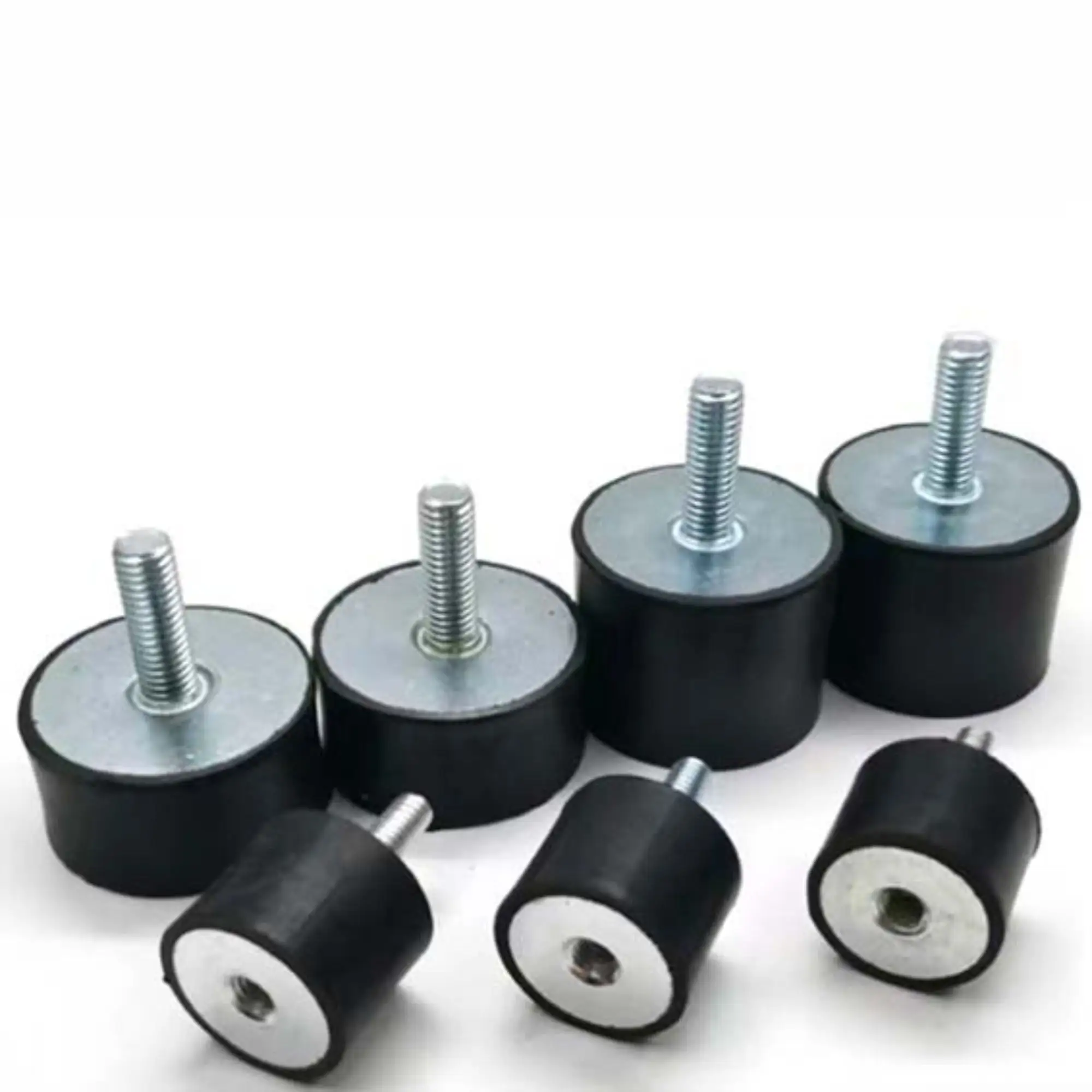The Environmental Considerations in the Production of Rubber-Bonded Metal Parts

Rubber bonded metal part is the widely using among daily usable things like cars and bike etc.. All these parts assist, items such as themselves that work better and more importantly staying alive. But the fact is that, these rubber bonded metal parts are cause of harmfulness to our environment. In view of this, experts and scientists are testing the environmental friendliness of these areas. They wish to investigate the effect that it these can have on our planet so we construct better alternatives.
The Impact of Producing Synthetic Rubber and Metal
For making rubber-bonded metal parts we need to prepare rubber and metal separately. Creating rubber is also bad for the environment because it needs lots of water to grow the plants and make rubber, but some of these chemicals can be harmful in production both people and animals. At the same time, producing metal can be environmentally challenging. Heating the metals to such high temperatures itself can create air pollution. These pollutants can impact the air we inhale and have a part in altering our climate - something of concern for everyone?
How To Become Greener In Manufacturing
There are companies out there that produce rubber bumpers bonded metal parts and some of those businesses make an effort to be better for our planet. They are launching initiatives to promote sourcing from recycled materials, which will help decrease waste. They are also developing how to use less power and electricity in what they create. And that is great because the less water used, means we are saving a very precious resource and the least amount of energy thrown into production can decrease air pollution. Those companies are also coming up with brilliant ideas for waste reduction meaning lesser material that go to our landfill which is an advantage for mother Earth.
Be More Efficient in Production to Reduce Pollution
In simple terms, the carbon footprint is an indicative measure to represent how many collisions a product or process needs for measuring it. For rubber-bonded metal parts, they are considering on their usage the renewable energy (solar power or wind power) in order to reduce size footprint. These are cleaner sources of energy which do not contribute to any pollution in the form produced by coal or gas. Companies are also interested in ways to improve their product lines so that less unavoidable energy is consumed by the end user. Obviously, this also serves the environment and can reduce costs for companies over time.
Sustainable Solutions to Challenges
There are smart and environmentally friendly solutions for the environmental problems associated with rubber-bonded metal parts. For example, natural rubber for bumper is generally much gentler on our planet than its synthetic counterpart. They help the environment think by means of trees, as a result taking up carbon dioxide from the atmosphere and greenhouse gas causes climate change because natural rubber comes from Trees. Natural rubber is one avoiding global climate change by releasing Carbon dioxide. To that end, companies are exploring not only ways to consume less water during the rubber-making process but also safer chemicals. These safe chemicals can pose less of a threat to health and the environment.
In Conclusion
Finally, the process of creating rubber mounts bonded metal parts can be damaging to the environment -- however given this you should remember that many companies are working hard on their eco-friendly approach. So they make these parts in ways that are less harmful to our planet by using: recycled materials, methods which use smaller amounts of energy and water while creating or making the part new, reduce waste. They are also investing in environmentally friendly alternatives, ranging from swapping out synthetic rubber for natural and seeking less toxic processes. None of these measures will make rubber-bonded metal parts suddenly good for the environment, but they can help. Together, these measures protect the Earth without compromising on what we want from our essential products.
Comments
Post a Comment